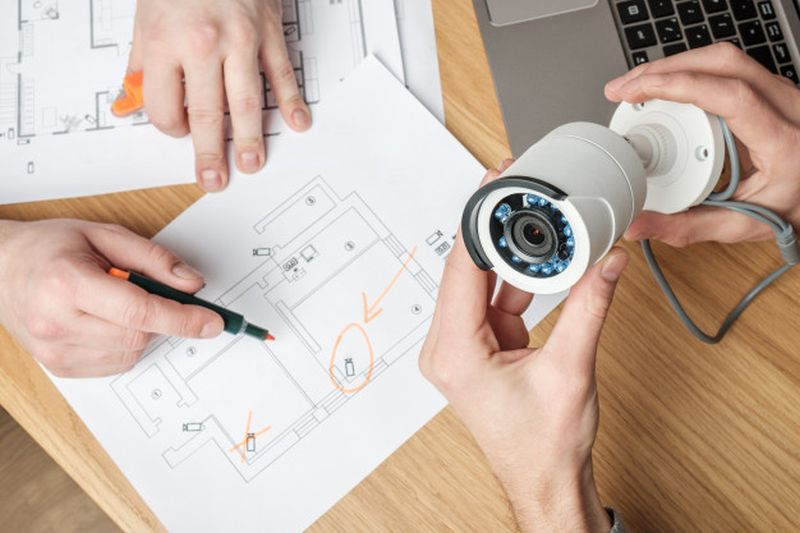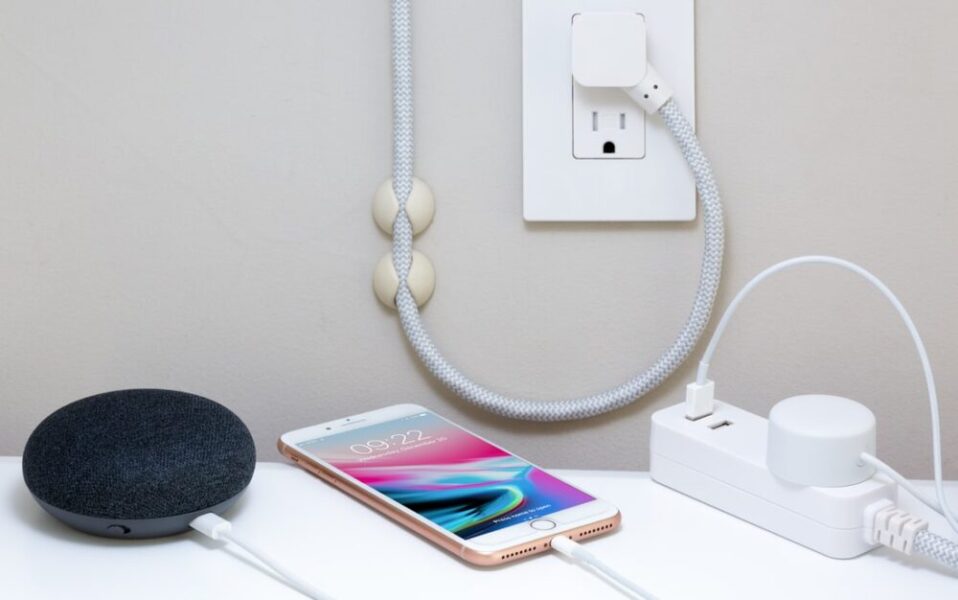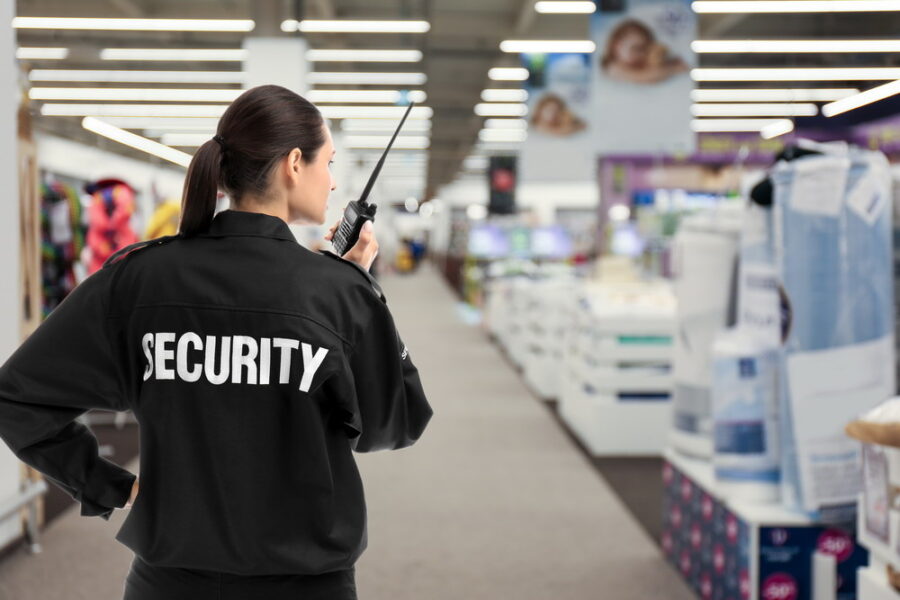Do You Know How Home Security Products Are Evaluated – 2024 Review
Type the phrase ‘home security system’ into Google and you will instantly have access to a seemingly unlimited number of reviews claiming to tell you what your best choice is. Such reviews are fairly common in the modern marketplace. But how reliable are they?
It would be nice if there were a group of scientists whose only job was to put home security components through rigorous testing that proved, once and for all, which devices were of the highest quality and most effective for purpose. But no such testing exists on a broad scale. Instead, product reviewers and testers rely on their own regimens to evaluate products.
Do you know how home security products are evaluated? Do you know what testers look at before they write their reviews? If not, this post will give you some insight. Note that what you read here is not mere conjecture. The test criteria described in this post come from none other than CNET product reviewer Megan Wollerton.
1. Component Design

Img source: freepik.com
It is reasonable to assume that product reviewers look at overall design and quality. Wollerton does. She examines home security components for any signs that their designs are flawed. She looks for shoddy workmanship and fiddly parts. She looks at whether a design is streamlined or clunky.
All of this is necessary and wise. Yet it is by no means scientific. It is rather doubtful that product reviewers actually disassemble the components they are testing in order to inspect circuit boards, soldered joints, etc. Rather, they are evaluating what they can see on the surface.
2. Component Installation

Img source: freepik.com
Next up, product reviewers test installation. They want to know a couple of things, beginning with how easy installation actually is. This is a big issue. Ease of installation can sometimes make the difference between making a sale and losing it. Components that are too hard to install do not endear themselves very well to consumers.
Testers also look at compatibility during the installation process. In other words, is a new component compatible with other home security devices? The Ring video doorbell is a good example. Vivint Smart Home was one of the first to add Ring products to their video camera inventory.
Vivint carries Ring because of the strength of the brand and their compatibility with Amazon Alexa products. Just so you know, Amazon owns Ring. They purchased the video doorbell startup back in 2018.
3. Suitability and Effectiveness

Img source: freepik.com
Once installation is complete, a product reviewer turns to suitability and effectiveness. Wollerton explains this portion of the evaluation with three key questions:
- Does the product do what it is supposed to do?
- Were there any surprises?
- If so, what were those surprises?
The idea here is to evaluate whether or not a component is fit for purpose. Again, consider the video doorbell. A good video doorbell allows for both video and audio communication. The video is one-way while audio communication is two-way. Both need to work flawlessly for a video doorbell to be of any value.
Don’t forget that manufacturers often make claims that may or may not be substantiated by consumers. When it comes to home security, consumers cannot afford to take claims at face value. A home security component had better deliver or it might compromise homeowner safety.
4. Mobile App Integration

Img source: unsplash.com
One of the best things about modern home security is its interoperability with mobile apps. Modern technology now gives us the ability to control nearly every aspect of a home security or smart home system using a phone or tablet. One only needs an internet connection and a device to get online.
Such capabilities would indicate that product testers take a good, hard look at the mobile apps themselves. There are numerous things to consider here. For starters, does a particular device have its own app or does it rely on the software that powers the home security hub? If it is one or the other, there is a compatibility question that needs to be looked at.
Devices with their own apps guarantee compatibility between the two. But it’s not always a given that a device with its own app can also be controlled by a hub app.
The other thing to consider about apps is how they actually perform. Some apps are streamlined and quite easy to use. Others are clunky and outdated. Still others are so complex that figuring them out requires a computer science degree.
5. Privacy and Security Policies

Img source: unsplash.com
The last item on Wollerton’s list might very well be the most important: privacy and security policies. It is one thing to look at the physical design and quality of a home security component. It’s an entirely different matter to look at the company behind that product and how it treats consumer privacy.
Wollerton specifically mentioned Ring in her post for the simple reason that CNET officially stopped recommending the brand after it was determined that Ring did not respect consumer privacy and security. Updated policies have since brought CNET back to the table.
Here’s the issue: a company that does not respect the privacy and security of the customers who buy its products is not actually working to protect them. Their video doorbell might protect consumers from porch pirates, but it exposes them up invasions of privacy and security from the company itself.
In Summary
It should be clear that home security product reviewers look at a lot of different things when they evaluate new products. What they don’t do is perform scientifically rigorous testing capable of definitively saying one product is the best among all others. Indeed, much of what they say is a matter of personal opinion peppered with whatever knowledge of the industry they possess.
This is not a bad thing, by the way. It is what it is. Product reviewers have to do their best to offer sound recommendations based on their own testing. Understand what they look at and you will be in a better position to understand their reviews.



















